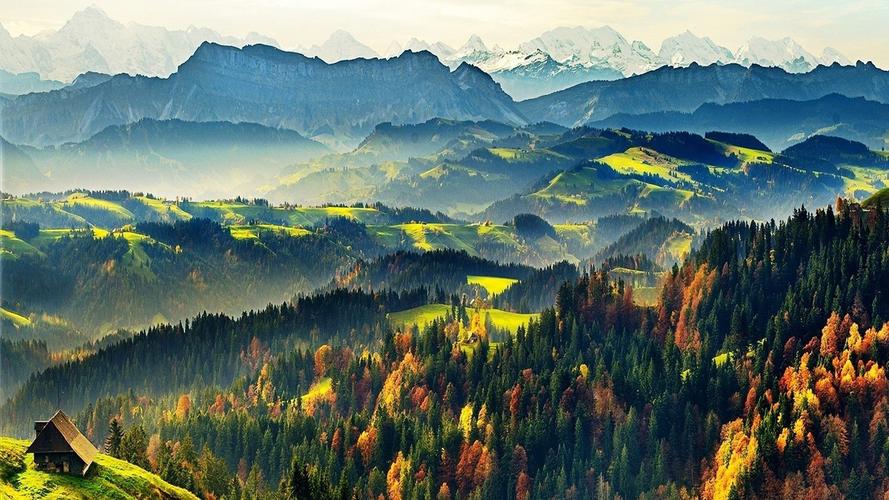Exploring the Richness of Deep Culture Examples: A Journey Through the Diversity of Traditions and Customs
What makes a culture unique? Is it the language, the customs or the traditions? Culture is a complex web of ideas, beliefs, and customs, that helps define our identity. It reflects our history, geography, and societal norms, and offers us a glimpse into who we are. In this article, we explore the richness of deep culture examples from around the world, and what they can teach us about the intricacies of human society.
What is Culture?
Culture refers to the set of shared beliefs, values, practices, and traditions that define a group or society. Language, music, art, and food are just a few examples of the many facets of human culture. It can be seen as the lens which we perceive and interpret the world around us. Culture is not a monolithic entity, but a dynamic and evolving process shaped by interaction, migration, and globalization.
Diversity in Culture
Culture is not homogenous, but is made up of a vast array of diverse traditions and customs. In Italy, it is customary to greet someone with a kiss on both cheeks, while in Japan people bow as a sign of respect. The Maori of New Zealand have a traditional dance called the Haka, while the Native Americans of North America have powwows. These differences make our world a more beautiful and fascinating place to live in, and offer us an opportunity to learn from one another.
The Importance of Culture
Culture plays an integral role in our lives, shaping our worldview, beliefs, and practices. It gives us a sense of communal identity, belonging, and continuity. Moreover, it helps us express our feelings, values and aspirations, and serves as a commentary on our society. In some cases, it can also be used as a tool for social change and empowerment.
Case Study: India
India is a land of diverse cultures and traditions, with over 1.3 billion people belonging to various ethnic, linguistic and religious groups. Each state in India has its own unique customs, festivals, and rituals. For example, the Bihu festival is celebrated in Assam, while the Pongal festival is celebrated in Tamil Nadu. Likewise, each state has its own variations in food, clothing, and arts. Despite these regional differences, India has a strong sense of national identity, shaped by its rich history, subcontinental connections, and modern aspirations.
Conclusion
In conclusion, culture is a profound and multifaceted concept that enriches our lives in myriad ways. It helps to foster understanding and tolerance, while also preserving our heritage and traditions. By exploring deep culture examples from around the world, we can learn to appreciate our differences, and recognize the common thread that binds us all as human beings. As the writer Shalamov said, “Culture is the memory of the nation, the way of passing its experience from generation to generation.” Let us cherish and celebrate this shared heritage.
(Note: Do you have knowledge or insights to share? Unlock new opportunities and expand your reach by joining our authors team. Click Registration to join us and share your expertise with our readers.)
Speech tips:
Please note that any statements involving politics will not be approved.
